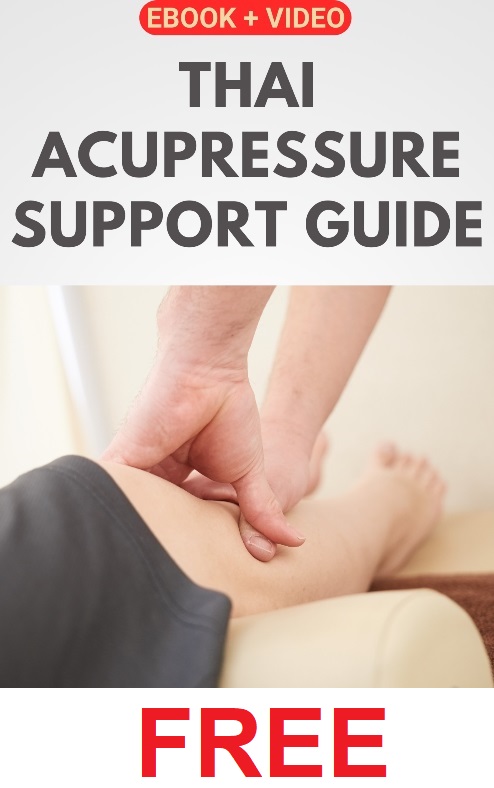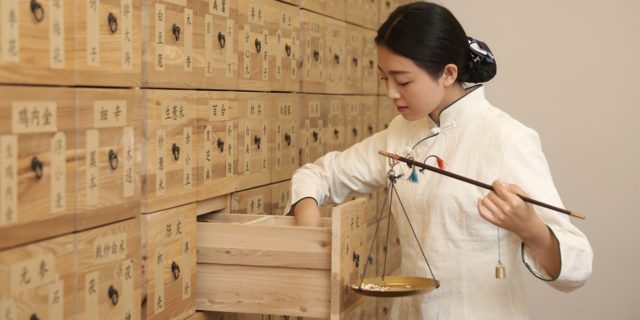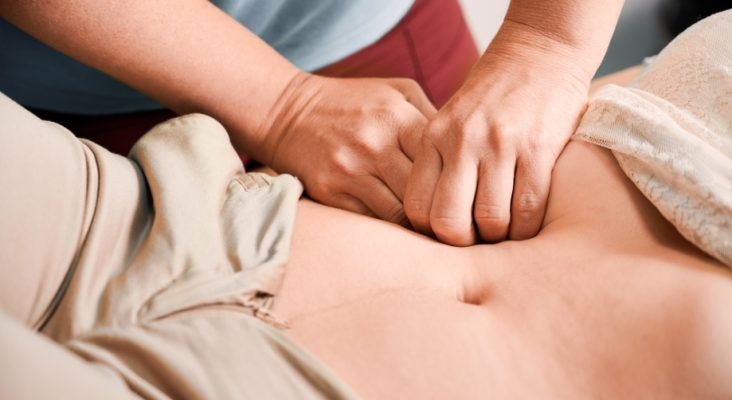
Acupuncture treatments typically involves inserting thin needles on specific acupuncture points (acupoints) located across the body in order to restore the flow of Qi (or Ki) through the Life Force Meridians, to balance the body’s energy, promote relaxation, and stimulate healing. Additionally — notably in Japan — Acupuncture is often combined with applying Moxibustion treatments.
There are different types of Acupuncture, such as Korean acupuncture, Japanese acupuncture, and Chinese acupuncture, which typically evolved through and within the culture and history of each region or within the specifics of local traditional medicine systems. Nevertheless, each type of Acupuncture has its foundation in Traditional Chinese Medicine (TCM).

Acupuncture was brought to Japan from China in the 6th century CE, and has developed in unique ways over the past 1,500 years through local influences, but also through continual knowledge exchange with China where Acupuncture equally advanced in new or updated directions.
In general, Japanese Acupuncture uses thinner needles and a gentler technique than common in TCM, with a shallower, more superficial insertion of the needles.
In contrast to Chinese Acupuncture, diagnostic assessment in Japanese Acupuncture is strongly based on back and abdominal Hara diagnosis, and on deficiency and excess characteristics of the patient’s Meridian system at hand. Japanese Acupuncture is sometimes also addressed as Meridian Acupuncture or Meridian Therapy (in Japan called Keiraku Chiryo).
Japanese traditional healers may also use a special Acupuncture technique that involves inserting a needle by a hammer, tapping the head of the needle. The needles then are made of gold and silver instead of iron because they are soft and allow gentler stimulation.
Another typical Japanese Acupuncture technique is the “needle tube insertion method.” It’s a technique in which the needle is put into a thin tube to insert it in the body. It enables the insertion of the needle without any pain, and additionally permits the use of thinner needles.
In fact, Japanese Acupuncture boasts quite a range of needling techniques, such as:
◾ Simple needling
After reaching a certain depth, the needle is immediately withdrawn without applying additional techniques.
◾ Contact needling
Rather than being inserted, the needle is used to prick or stroke the skin surface.
◾ Retaining needling
The needle is left for a certain amount of time at the insertion spot after being inserted.
◾ Sparrow needling
After the needle has reached a certain depth, it’s then repeatedly moved up and down.
◾ Twisting technique
After the needle has reached a certain depth, the needle is twisted back and forth.
◾ Flicking technique
After the needle has reached a certain depth, it’s flicked for a certain time with the nail of the index finger or thumb.
◾ Moxa needling
Moxa is placed on the head of the inserted needle and subsequently burned.
◾ Scrape needling
The needles are used to scratch and scrape the skin.
◾ Intradermal needling
A very small needle is inserted, taped, and left in place for one or more days.
◾ Press needling
The needles are used as a tool to press on points on the skin surface.
◾ Electro needling
Electrodes are attached to the needles after they have been inserted in order to apply a low frequency electrical current.
Today, Japanese Acupuncture is an active component of complementary and alternative care in Japan, and part of Japan’s Healthcare System. The status of licensed acupuncturists and moxibustion therapists is guaranteed by law, and professionals are allowed to have their own clinics.














